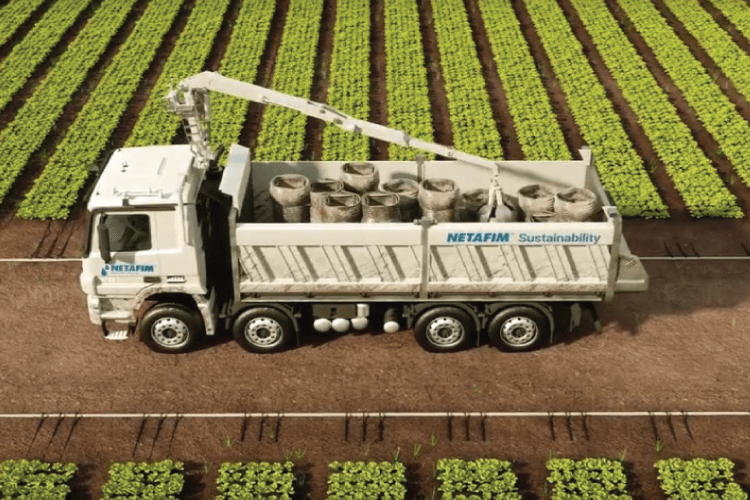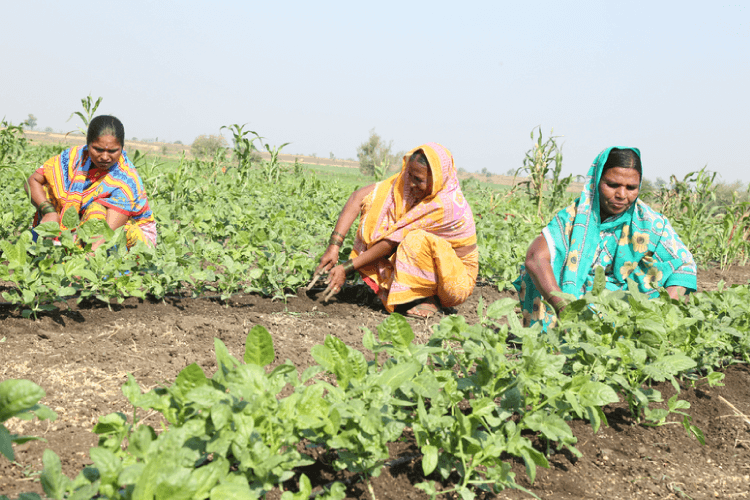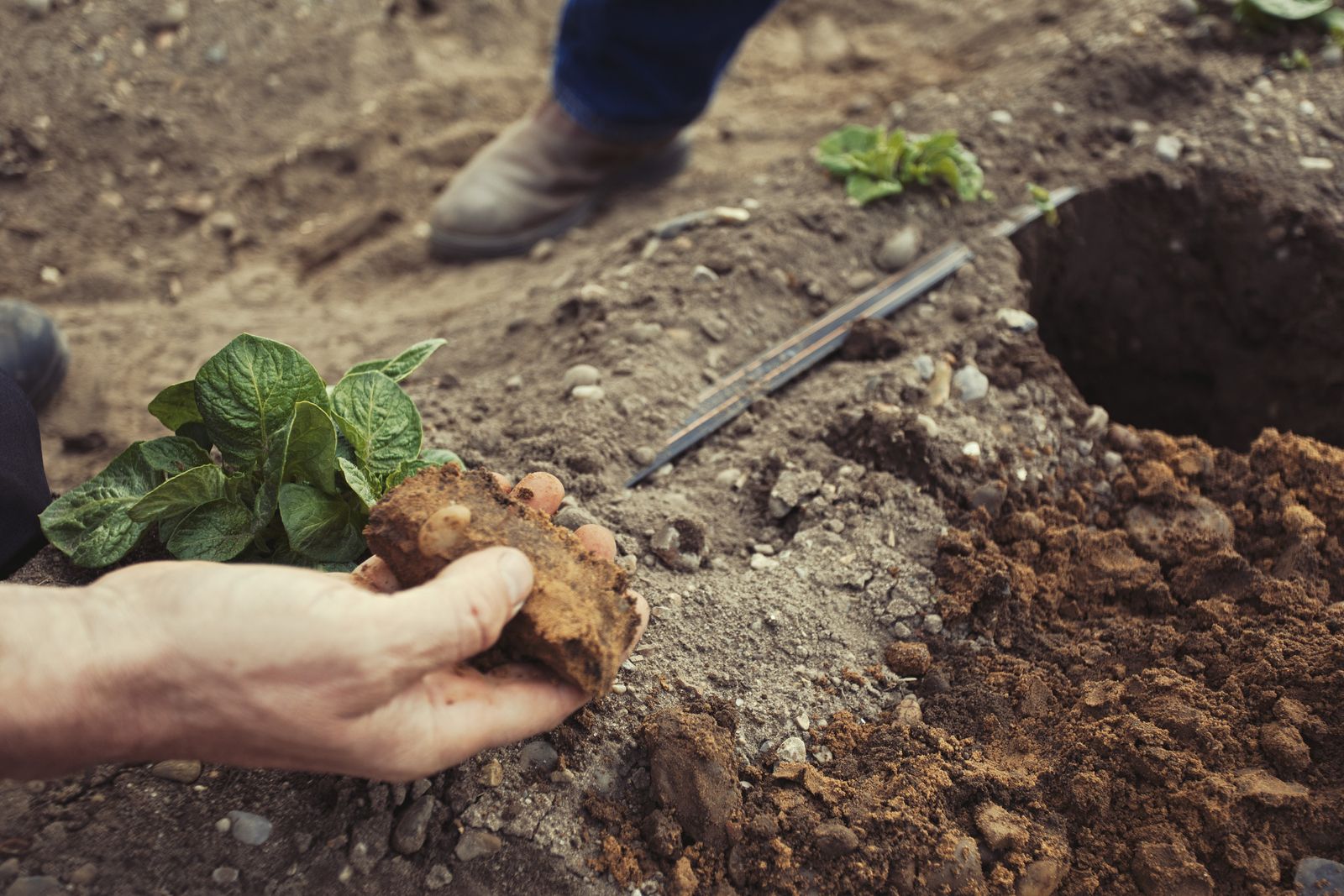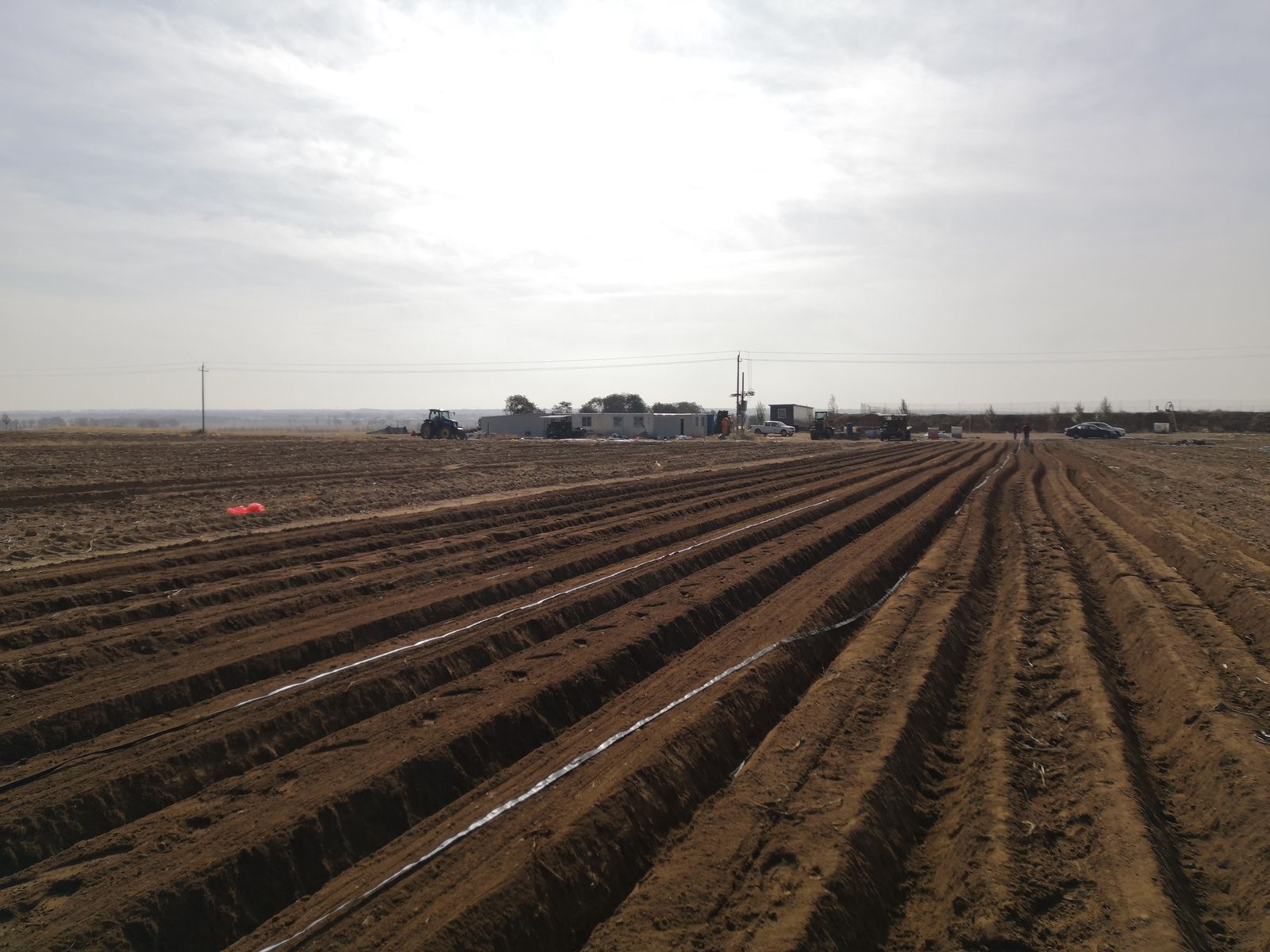
Carbon Offsets
Generating permanent, sustainable and verified carbon credits through drip irrigated crops. A win-win for growers, carbon credit buyers and the planet.

Generating permanent, sustainable and verified carbon credits through drip irrigated crops. A win-win for growers, carbon credit buyers and the planet.

Monetizing water saving through investment in drip irrigated projects that guarantee significant and measurable reduction in water use in agriculture.


Helping growers reduce the number of driplines that end up in landfills by collecting and recycling their end-of-life driplines and incorporating the regenerated material into new driplines.

The farmer enjoys a double win; all the benefits of drip irrigation; higher and better quality yields, reduced use of water, fertilizers and labor and an additional revenue stream through the sale of carbon credits.
Our dedicated team of advisors helps companies of all sizes reduce their carbon footprint from project initiation to carbon credit realization by offering full project development, matching projects with suitable growers, providing expert financing solutions, and utilizing cutting-edge technology.
The implementation of new drip irrigation projects helps to protect our planet’s natural resource, water, reduce contamination of groundwater and rivers and eliminate the release of greenhouse gases from paddy fields.
